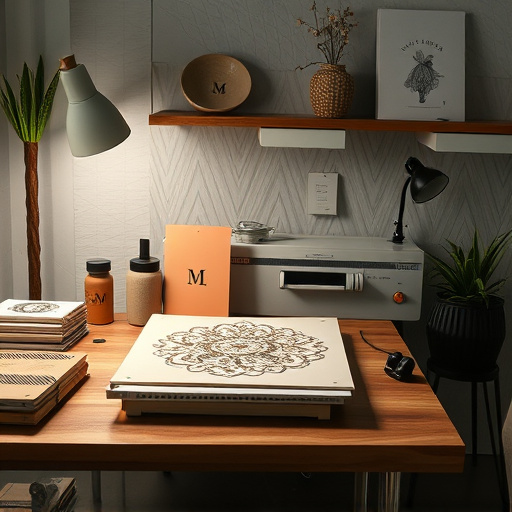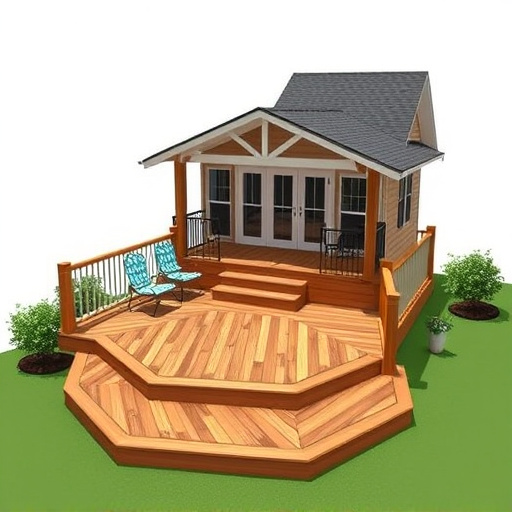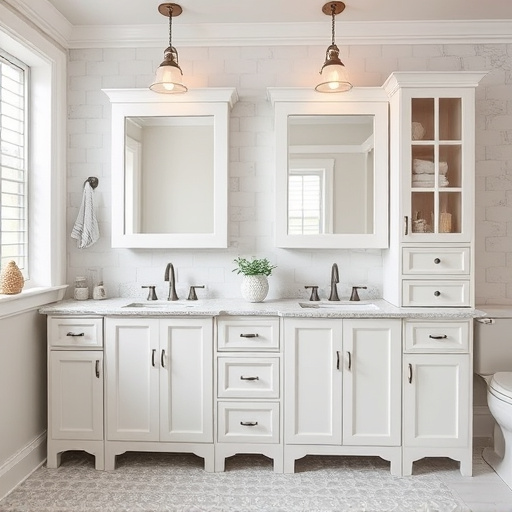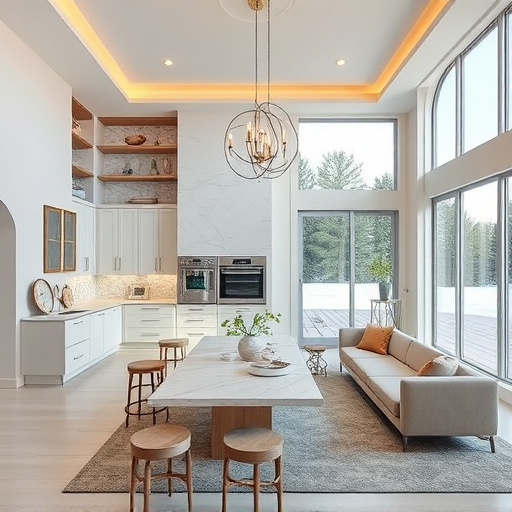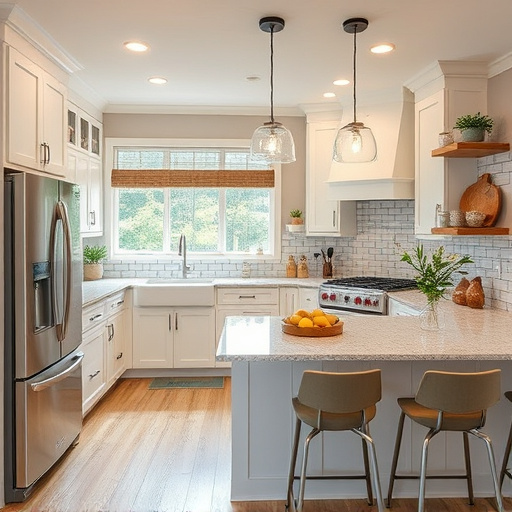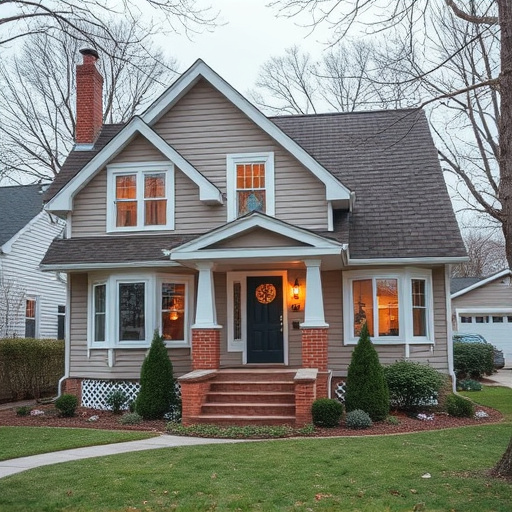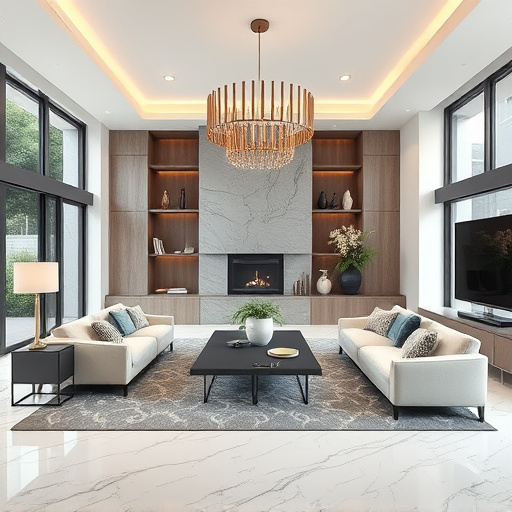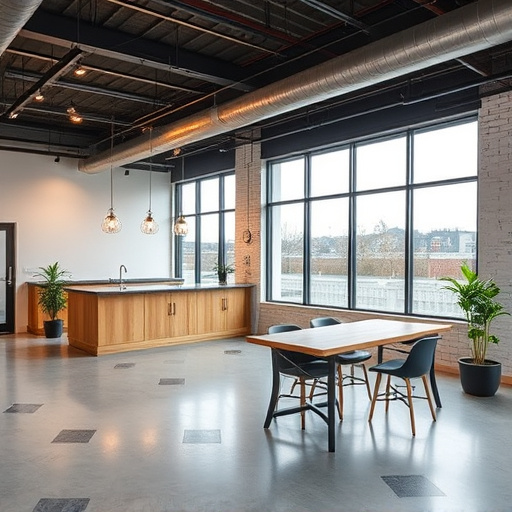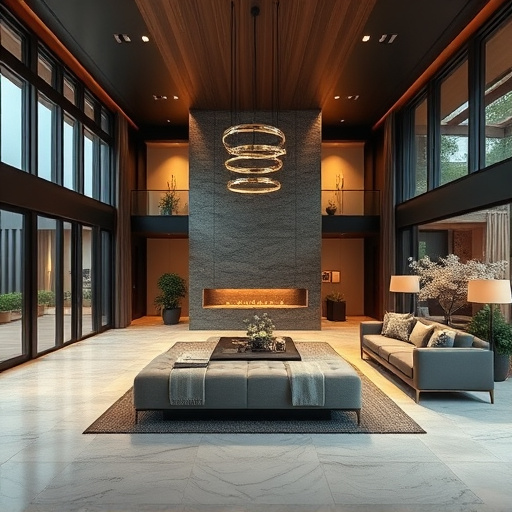Construction design is key to project success, focusing on detailed planning, understanding client needs, and prioritizing aesthetics, functionality, and sustainability. It ensures structural integrity through robust quality assurance practices, using high-quality materials and innovative techniques to create safe, enduring spaces that meet both safety standards and client vision, from home renovations to grand architectural projects.
In the competitive world of project management, a robust construction design acts as the bedrock for success. This article explores the pivotal role of construction design in setting the stage for thriving projects. From establishing a clear project vision that translates abstract goals into tangible designs to implementing stringent quality assurance measures for durability and safety, each step is crucial. Uncover how strategic planning in construction design can pave the way for efficient execution, cost-effectiveness, and exceptional outcomes.
- Construction Design: Laying the Groundwork for Success
- Project Vision: Translating Goals into Practical Designs
- Quality Assurance: Ensuring Durability and Safety Through Design
Construction Design: Laying the Groundwork for Success
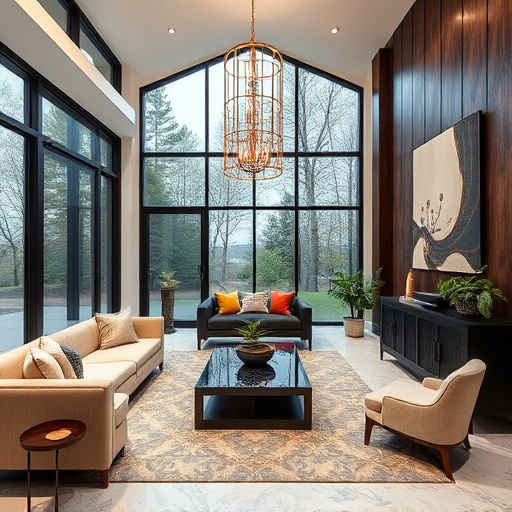
A robust construction design is the bedrock upon which successful projects are built. It’s a meticulous process involving careful planning, innovative thinking, and a deep understanding of client needs. A well-conceived construction design not only ensures structural integrity but also serves as a blueprint for efficient project execution. This is especially crucial in dynamic markets where delays and budget overruns can be detrimental. By prioritizing aesthetics, functionality, and sustainability, construction design sets the stage for long-term project success, whether it’s a grand commercial complex or a personalized residential space like a customized home renovation or even as seemingly simple an upgrade as interior painting.
Project Vision: Translating Goals into Practical Designs
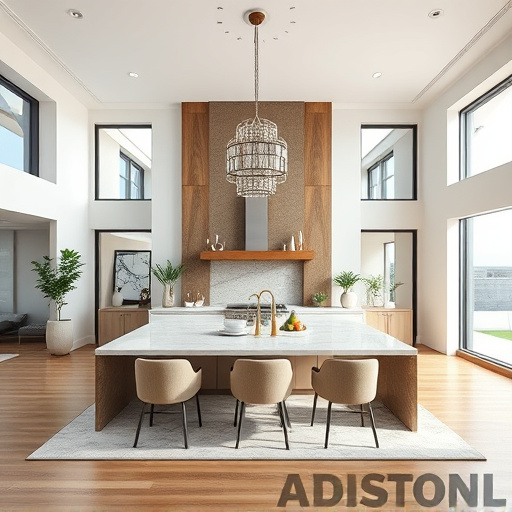
A clear project vision is the cornerstone of any successful construction design endeavor. It involves translating high-level goals and aspirations into tangible, practical designs that will ultimately shape the physical space. This process begins with a deep understanding of the client’s needs, preferences, and desired outcomes. Through comprehensive consultations and detailed planning, architects and designers can transform abstract ideas into well-defined blueprints that guide the construction process.
In the realm of home renovation, for instance, a vision might encompass not just structural changes but also aesthetic enhancements like stunning interior painting or transformative kitchen renovations. Each element must align with the overall project goals, ensuring a cohesive and harmonious final product. Effective construction design doesn’t merely build structures; it crafts spaces that inspire, cater to daily needs, and reflect the unique character of its occupants—be it a vibrant living space or a serene retreat.
Quality Assurance: Ensuring Durability and Safety Through Design
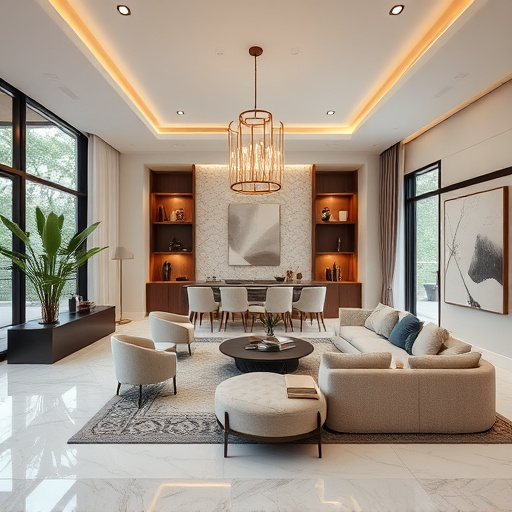
In the realm of construction, a well-conceived design sets the stage for project success, encompassing every aspect from structural integrity to aesthetic appeal. Quality Assurance (QA) is a cornerstone of this process, focusing on ensuring that the final product not only meets but exceeds expectations in terms of durability and safety. A meticulous construction design incorporates robust materials and innovative techniques, safeguarding against potential hazards and environmental factors. This proactive approach translates into long-lasting structures, whether it’s a stand-out exterior or a functional interior space like a kitchen remodel or bathroom remodel.
By prioritizing QA, construction designers mitigate risks associated with structural failures, ensure compliance with safety standards, and create environments that are not just visually pleasing but also safe for occupants. This commitment to quality permeates every phase of the project, from initial sketches to final inspections, ultimately contributing to a successful outcome that stands the test of time—a testament to the power of thoughtful construction design in achieving enduring results, as seen in projects ranging from revitalized interior spaces to grand architectural feats.
In conclusion, a robust construction design is the bedrock of any successful project. By meticulously translating project visions into practical designs and prioritizing quality assurance for durability and safety, architects and engineers can create structures that not only meet but exceed expectations. The comprehensive approach discussed herein, encompassing foundational elements like site analysis, material selection, and innovative building techniques, ensures that every project is set up for long-term success and resilience.





